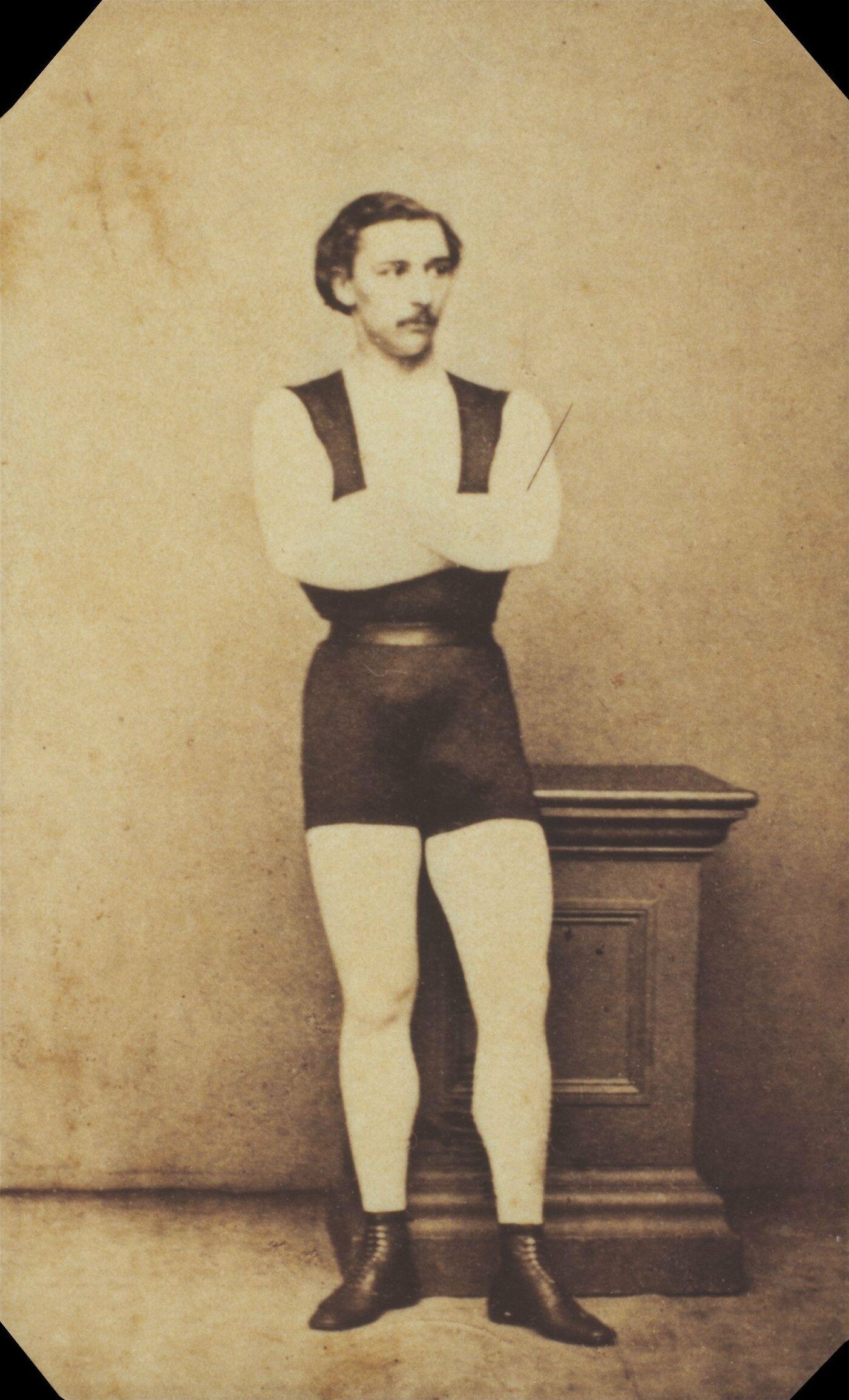Shrapnel is commonly the word given to pieces of a bullet, bomb or other explosives after they detonate.
The correct term for these pieces is "fragmentation"; "shards" or "splinters" can be used for non-preformed fragments. Though these pieces are often incorrectly referred to as "shrapnel", particularly by non-military media sources, you have no doubt heard the term used.
Henry Shrapnel is not a person I admire. He spent decades devising ways to develop bombs and shells that caused the most damage when they exploded. The original "shrapnel shell" was named for Major General Henry Shrapnel of the British Royal Artillery. It predates the modern-day high-explosive shell and operates by an entirely different process.
A shrapnel shell consists of a shell casing filled with steel or lead balls suspended in a resin matrix, with a small explosive charge at the base of the shell. When the projectile is fired, it travels a pre-set distance along a ballistic trajectory, then the fuse ignites a relatively weak secondary charge (often black powder or cordite) in the base of the shell. This charge fractures the matrix holding the balls in place and expels the nose of the shell to open a path for the balls, which are then propelled out of the front of the shell without rupturing the casing (which falls to earth relatively unharmed and can be retrieved and reused). These balls continue onward to the target, spreading out in a cone-shaped pattern at ground level, with most of their energy coming from the original velocity of the shell itself rather than the lesser force of the secondary charge that freed them from the shell. Since the cone of impact is relatively small, no more than 10 to 15 times the diameter of the shell, true shrapnel shells needed to be carefully sighted and judiciously used in order to maximize their impact on the enemy.
























